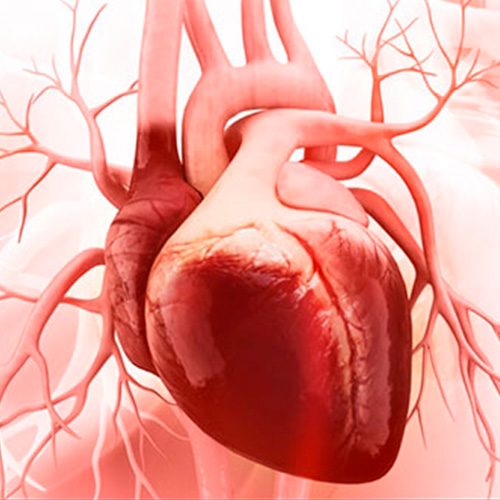Chilean scientists discover new form of heart failure is generated

Find - recently published by Nature, the most important scientific journal for the planet- It was developed by a group of international researchers, which highlights the participation of the Chilean Francisco Altamirano, Sergio Lavandero and Elisa Villalobos, belonging to the advanced Fondap Center of chronic disease (ACCDiS ) and the University of Chile.
Heart failure is the terminal stage of various cardiovascular diseases very prevalent in our population, including the high blood pressure and myocardial infarction. It is considered by specialists as an emerging epidemic, because of their increasing prevalence and high costs to health systems.
Today, the coexistence of several cardiovascular risk factors- Obesity, diabetes mellitus, high cholesterol, sedentary lifestyle, smoking e high blood pressure -that characterizes today's society, they have led to the emergence of a new cardiovascular disease known as heart failure with preserved systolic function. This new form of failure prevents the heart to relax properly, affecting nearly half of the patients with heart failure, both in Chile and in the countries with the highest level of development. To date there are no known mechanisms which it generated neither effective therapies for their mitigation.
A group of scientists from the division of Cardiology of the University of Texas Southwestern Medical Center, EE. UU and of the ACCDiS , composed of cardiologists Gabriele Schiattarella, Joseph a.. Hill and the Chilean Francisco Altamirano, Elisa Villalobos and Sergio Lavandero worked for more than seven years to discover how to deal with this new pathology, using a new animal model that faithfully mimics what happens in being human.
Their research, widely used in the article published in Nature, entitled "Nitrosative stress drives heart failure with preserved ejection fraction", Describes that the increase of nitric oxide generates heart damage by altering the functioning of proteins IRE1α and XBP1s, responsible for protecting the heart.
Sergio Lavandero, He stressed that "this new form of heart failure is a strategic issue for ACCDiS, "given that we must be in full harmony with the challenges present and future of the cardiovascular area".
Development of science in ACCDiS
The discovery of the described mechanism is, in the words of Francisco Altamirano, "a huge achievement that will generate future therapies for this new disease", highlighting the high level of preparation of new generations of scientists formed by Chilean centres of excellence.
In this respect, the first author of the study, Gabriele Schiattarella, He said that "thanks to the productive collaboration between ACCDiS and the division of cardiology at the UT Southwestern Medical Center had the privilege of interacting with Francisco Altamirano", Elisa Villalobos and Sergio Lavandero, resulting in a pleasant atmosphere for collaboration across this project. Altamirano was key to providing deep biochemical knowledge. Villalobos carried out fundamental experiments and Lavandero guided me in the design and the realization of these investigations. In summary, This publication in Nature could not have happened without the contribution of this group of Chilean scientists".
In both, the Director of the ACCDiS, Professor at the faculties of chemistry and pharmaceutical and medicine of the University of Chile and the author of this study, Sergio Lavandero, He stressed that "this new form of heart failure is a strategic issue for ACCDiS, "given that we must be in full harmony with the challenges present and future of the cardiovascular area".
It also stresses that all these investigations are possible thanks to the close collaboration between the country's two leading universities: University of Chile and Pontificia Universidad Católica de Chile and the support of the Centers of financing fund for research in priority Areas, FONDAP, of CONICYT. Lavandero stresses the need to continue to invest in science for the country reach a new level of development.
Centers Fondap
The Centers of financing fund for research in priority Areas, FONDAP, He started the execution of the first centers in 1997, It aims to articulate the activity of groups of researchers with proven productivity, in areas of knowledge of importance for the country and where the national basic science has reached a high level of development.
See note complete: CONICYT
